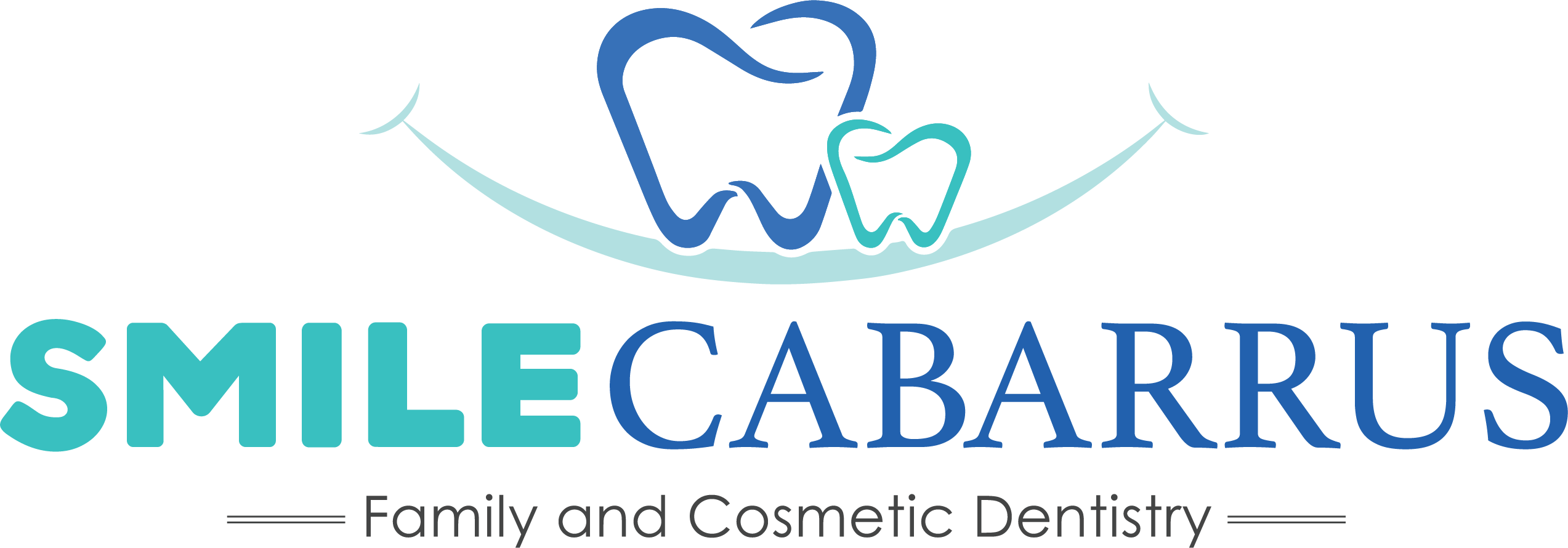Tooth Extractions
Tooth extractions play a critical role in modern dentistry, serving as a vital procedure for preserving overall oral health when a tooth cannot be saved by other means. Whether due to severe decay, infection, overcrowding, or impacted wisdom teeth, extractions can prevent further oral health complications and alleviate pain. By removing a problematic tooth, dentists can halt the spread of infection, prepare the mouth for orthodontic treatment, or prevent complications related to wisdom teeth. Despite the goal of preserving natural teeth whenever possible, extractions are sometimes necessary to maintain the health of the remaining teeth and the surrounding tissues. Advances in dental techniques and pain management ensure that tooth extractions can be performed with minimal discomfort, making it a safe and effective solution for addressing certain dental issues.
Or Call: 704-455-3333

